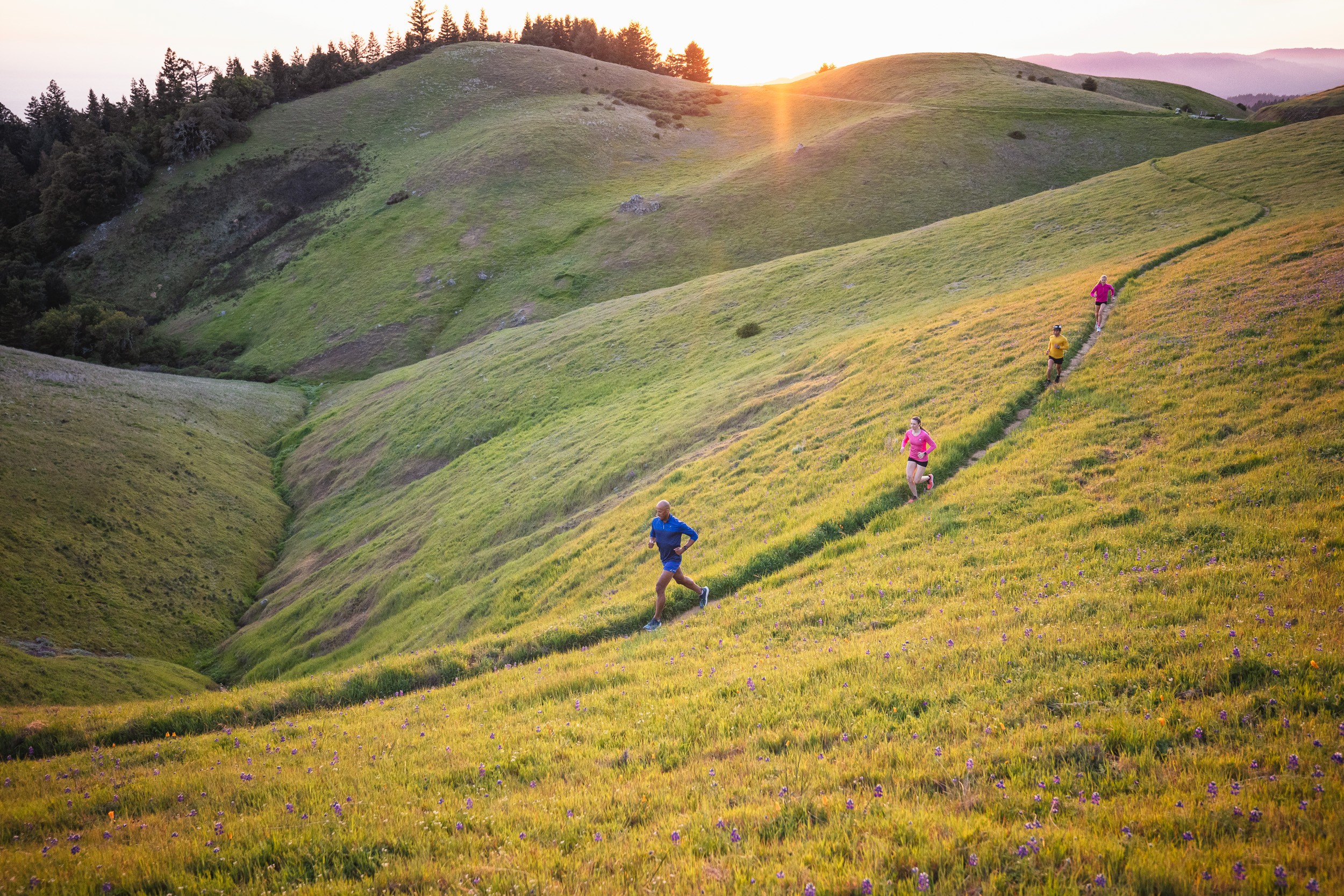We recently connected with James Kao and have shared our conversation below.
Hi James, thanks for joining us today. Can you talk to us about how you learned to do what you do?
My journey into digital photography began with a whale–a humpback whale breaching beside my boat in the Galapagos. I did have a small point-and-shoot digital camera but it was inadequate to capture the fast action of the jumping whale and after my trip I decided it was time to invest in better equipment and properly learn about photography. I bought my first digital SLR, a Canon 50D, and started enrolling in classes at my local photography shop. I eventually found other classes and instructors to learn from and began attending workshops at schools like the Santa Fe Workshops in New Mexico. My passion for photography grew to the point that I decided to make it my career and I sought professional instruction from the Rocky Mountain School of Photography in Missoula, Montana. Looking back, I realize that I learned a lot in a very short amount of time. Photography is different than other creative arts like painting in that the tools used to create the art are always changing. Cameras are always improving and software never ceases to evolve. You must always be learning and relearning to stay at the front. This requires dedication, organization, and the financial resources to continue to pursue education and to purchase the latest equipment. Because I personally learn best through constant practice and experimentation, it is a constant challenge to find the time to hone my skills even after taking a course. I have found YouTube to be a fantastic resource for learning as there are an infinite number of subjects and content creators to follow. I can rewatch episodes over and over while I practice new techniques and skills. I wish I had discovered it earlier on in my career.


James, love having you share your insights with us. Before we ask you more questions, maybe you can take a moment to introduce yourself to our readers who might have missed our earlier conversations?
I haven’t always been a photographer but I have always been an artist. Since I was young I found expression through various art mediums and in college pursued a degree in landscape architecture. I worked in land planning and city planning for almost two decades before transitioning to photography. In photography I specialize in travel, sports, landscape, lifestyle and documentary work. I am proficient in crafting natural as well as artificial light to create work with a photojournalistic or editorial style. I like to collaborate with my clients to create work that addresses their creative content needs and is reflective of their brand as well as my own unique style. I have won numerous awards in the past for my photography but am probably most proud of the work that I’ve done for nonprofit organizations such as Photographers Without Borders where I was sent on assignments in Ecuador and El Salvador to create content for local NGOs. This required working under pressure in a foreign environment with minimal equipment and direction in difficult work conditions. These shoots are completely on a volunteer basis so my sole motivation came from wanting to do my best work to help out the organizations. Whatever the job, I always give it my best effort and ensure that my clients are completely satisfied with the quality of my work.



Looking back, are there any resources you wish you knew about earlier in your creative journey?
The amount of resources for a field like photography are vast and can be overwhelming if you consume too much of it all at once. Looking back, I wish I knew about some of the professional organizations and publications earlier. These not only provided information to improve my craft but also business networking opportunities and professional portfolio reviews where I could present my work to creative content consumers. In this field I have learned that it is most important that your work gets seen by the right people. Getting access to those people is the key to success but it is not easy. I have spent thousands of dollars using marketing services that never even resulted in a single call or email.



What’s the most rewarding aspect of being a creative in your experience?
For me as a creative and artist, the most rewarding aspect is being able to share my creative vision with the world in a way that people remember it. Photography is a challenge because you are creating two dimensional images that in reality occupy four dimensions–three spatial and one of time. Creating a captivating image may often require a great deal of organization and planning and you need to think like a movie director. What is the scene or setting? Who is the actor or actors? What is the action? How do you light a scene to create the right mood or drama? Every project is unique and different with its own challenges and problems to solve. To successfully create a work means that you’ve solved those problems and utilized your skills to create something with visual and emotional impact. In today’s oversaturated visual environment, it’s simply not enough to create a beautiful image. The successful image will be the one that moves you and remains in your memory long after you’ve forgotten the name of the creator.
Contact Info:
- Website: www.jameskaofoto.com
- Instagram: @jameskaofoto
- Facebook: https://www.facebook.com/JamesKaoFoto
- Linkedin: https://www.linkedin.com/in/james-kao-70891416/


